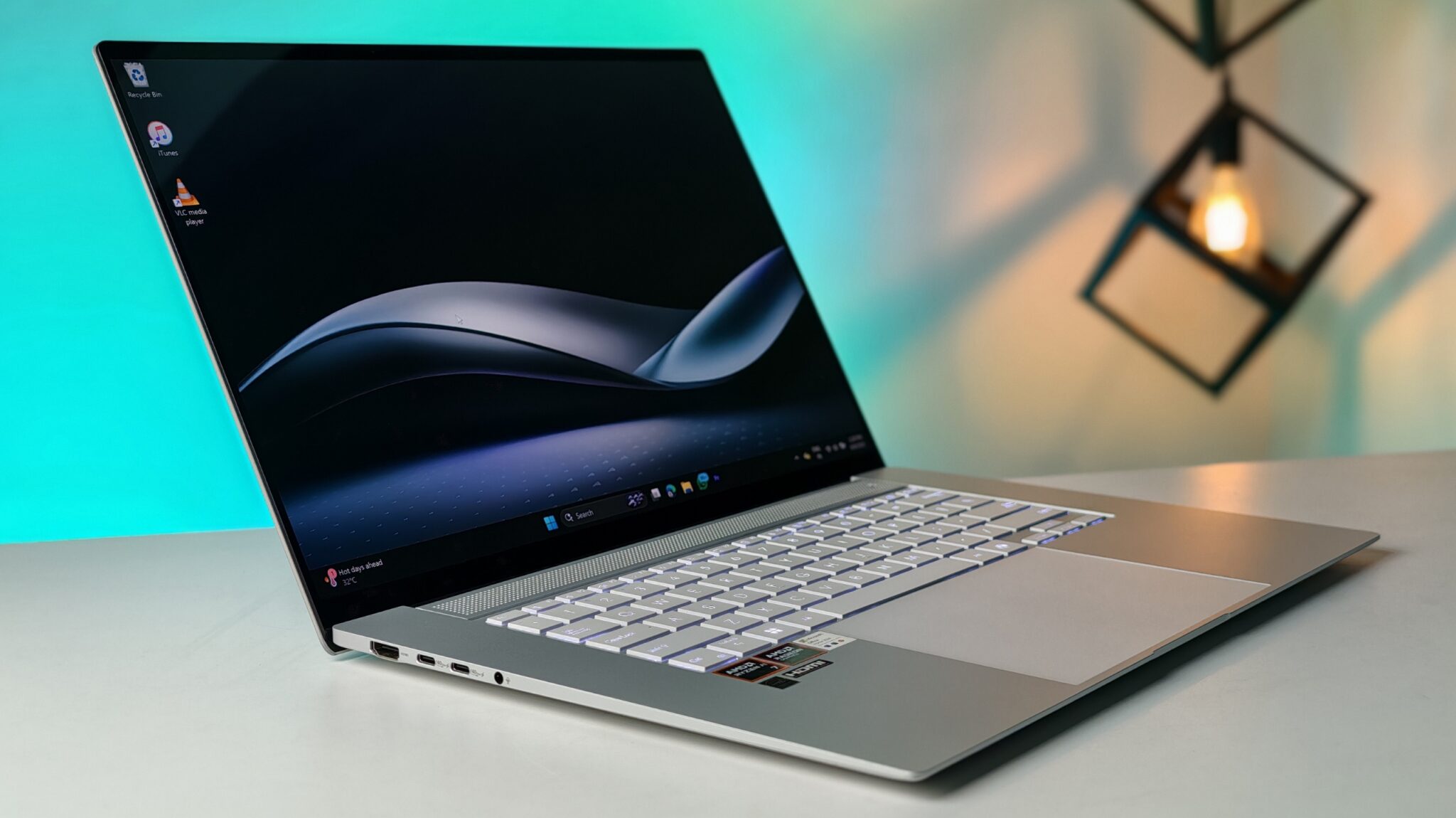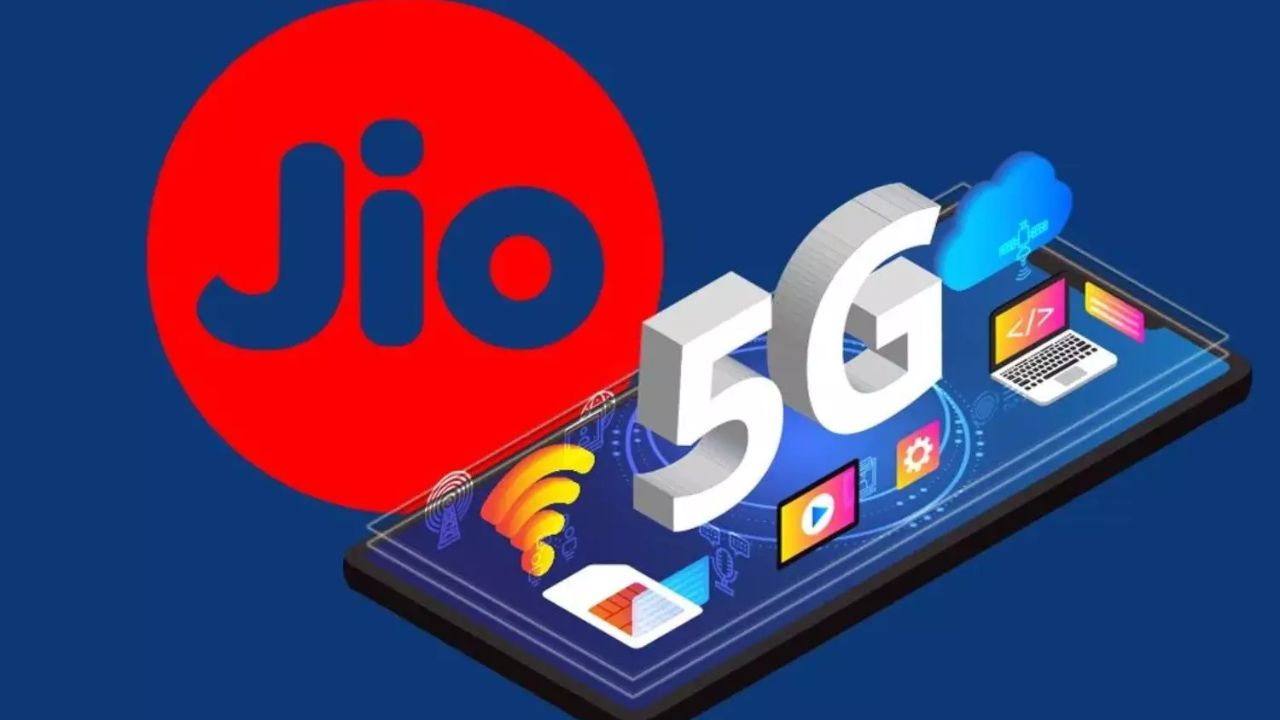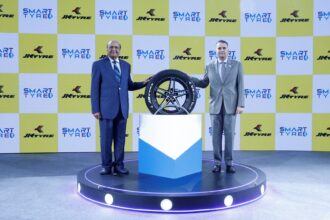India’s ambition to become a global leader in electric vehicle (EV) technology and manufacturing is gradually taking shape. It’s being propelled by a mix of policy backing, local innovation, and growing public interest. Sure, there are still hurdles ahead, but the country is assembling a framework to fast-track EV production and adoption—with a strong lean toward indigenous solutions. From government ministries to traditional automakers and nimble startups, the combined push is building an ecosystem that doesn’t just serve domestic needs—it’s eyeing the global stage.
Key Takeaways:
- India aims for 30% EV penetration by 2030 across two, three, and four-wheelers.
- Government schemes like FAME II and PLI are foundational to manufacturing and battery development.
- India could become the fourth-largest electric car producer by 2030, with output surpassing domestic demand.
- Local battery production is rising, particularly in cells and modules.
- Major challenges include high production costs, limited charging infrastructure, and dependency on imported critical minerals.
- EV exports are growing, with Nepal and parts of Europe emerging as steady markets.
- Workforce training initiatives are being rolled out to meet the sector’s evolving skill demands.
Government Steering the Charge: Policy and Incentives
The Indian government’s roadmap for EV growth is clear and, by all accounts, quite ambitious. It wants to hit 30% EV usage across all vehicle types by 2030—a shift that spans from electric scooters to passenger cars. The Ministry of Heavy Industries has taken the lead here, anchoring policies like the Faster Adoption and Manufacturing of Hybrid and Electric Vehicles (FAME) scheme.
The first phase, FAME I, launched in 2015, committed ₹895 crore to boosting EV uptake. Its successor, FAME II, came in 2019 with a far larger budget of ₹11,500 crore, aimed at expanding vehicle availability and charging points. These initiatives offer subsidies for both makers and buyers. For example, under FAME II, electric two-wheelers qualify for ₹10,000 per kWh in battery capacity, with a 15% cap on the ex-factory price. Similar benefits are available for three-wheelers. On top of that, states are crafting their own sweeteners. Delhi, for instance, provides up to ₹15,000 for select EV models, plus incentives to scrap older vehicles. Kerala goes a step further, waiving road tax entirely and offering income tax benefits on EV loans.
The GST on EVs was slashed from 12% to 5%, and the same reduced rate applies to chargers and charging stations. Then came the PLI scheme for Advanced Chemistry Cell Battery Storage (PLI-ACC) in 2021, designed to supercharge local battery production. More recently, in October 2024, the government introduced the PM E-Drive scheme. This replaced the FAME policy and earmarked ₹3,679 crore to install around 72,000 public charging stations along 50 national highways and at busy public hubs. BHEL may act as the lead agency for aggregating demand and managing a centralized EV user app—think real-time booking, payments, and charger availability tracking.
Another fresh initiative, launched on June 2, 2025, is the Scheme to Promote Manufacturing of Electric Passenger Cars in India (SPMEPCI). It’s targeted at foreign automakers, offering reduced import duties (15% versus the usual 70-100%) on up to 8,000 EVs—if they commit ₹4,150 crore toward local manufacturing within three years. Brands like Mercedes-Benz, Volkswagen, Skoda, Hyundai, and Kia have shown keen interest.
Manufacturing Momentum: From Assembly to Components
By 2030, India is expected to be the fourth-largest electric car manufacturer globally. Production could reach 2.5 million units, well above the estimated domestic demand of 430,000 to 1.4 million. This surplus opens the door wide for exports.
And it’s not just about assembling cars anymore. Local firms are getting serious about the components, especially batteries. India is poised to become the fourth-largest battery module maker by 2030, trailing only China, the U.S., and Europe—but ahead of nations like Japan and South Korea in some aspects. Companies like Exide Industries, Amara Raja, Luminous, and Okaya are leading the charge. Lohum, for instance, opened India’s first battery-grade lithium refinery (1,000 tpa) in March 2025. Meanwhile, Vardhaan Lithium is teaming up with Maharashtra to set up a 60,000 tpa refinery near Nagpur.
India’s established auto-manufacturing hubs—Chakan, Sanand, Oragadam—are lending strong infrastructure support. Tata Autocomp Gotion, Yazaki, and Hutchinson are active in these zones, strengthening the supply chain. A growing number of firms are also embracing vertical integration and local sourcing to cut costs and reduce import dependency.
Pioneers and Players: Established Brands and Agile Startups
India’s EV scene is a blend of old hands and hungry newcomers. In the four-wheeler space, Tata Motors, MG Motor, and Mahindra dominated in 2024-25, claiming nearly 90% of the market. Tata’s EV lineup spans compact sedans to SUVs.
For two- and three-wheelers, Hero, Ola Electric, and TVS are at the forefront. Ola Electric, a unicorn since 2019, has been working closely with cities and drivers to build sustainable transit options.
Then there’s the startup brigade—Ather Energy’s electric scooters, BluSmart’s all-electric rideshare model, ElectricPe’s charging solutions, and Battery Smart’s battery-swapping tech all stand out. Others like Altigreen, Euler, Revolt, and Ultraviolette are innovating in last-mile delivery and e-motorbikes.
Addressing the Roadblocks: Challenges and Solutions
Of course, it’s not all smooth sailing. EVs still cost more than traditional vehicles, and in a price-conscious market like India, that’s a serious concern. Incentives help, but not everyone can bridge the gap.
Charging infrastructure, while improving, hasn’t quite caught up. By March 2023, there were about 6,586 public charging stations—way up from 1,000 in FY 2021-2022—but more are needed, especially beyond metro areas. The PM E-Drive’s target of 72,000 stations is promising, but execution will be key.
Raw materials pose another vulnerability. India imports nearly all of its lithium and cobalt from East Asia, primarily China. Encouragingly, large lithium deposits—like the 5.9 million tonnes in Reasi, Jammu & Kashmir—have been discovered, and others in states like Karnataka, Rajasthan, and Jharkhand. Still, refining and extraction capabilities are in their infancy.
There’s also the skills gap. SIAM projects a need for 100,000 to 200,000 trained workers in the EV space by 2030. To address this, the government allocated ₹3,000 crore in Budget 2025 to upgrade ITIs and revamp vocational training with EV-centric content. Industry-academia collaborations and Centers of Excellence—such as the one launched by L&T EduTech—are helping build this talent pipeline.
Global Aspirations: Export Potential
With domestic supply expected to outstrip demand by 2030, exports are an obvious next step. Between January and July 2023, EV export values from India more than doubled, with Nepal, France, and Germany emerging as key markets. Overall exports hit ₹21,391.40 lakh in 2023, up from ₹7,988.62 lakh in 2022.
Currently, India imports more EVs than it exports, but that dynamic may shift soon. Analysts believe exports could surpass one million units annually within five years, possibly accounting for 25-30% of India’s total auto exports. Domestic and global manufacturers operating in India are actively sizing up foreign markets for their electric offerings.
India’s EV journey isn’t just about numbers—it’s about transforming the way a country of over a billion moves. Progress has been steady, if not spectacular, and the momentum is picking up. India might not yet be in the global top 10 for EV adoption rates, but it ranks as the fastest-growing large market, hovering around 11th or 12th place.
Building a robust supply chain, attracting global investment, and upskilling the workforce aren’t just tasks—they’re essential milestones. The broader goals—cutting emissions, reducing fuel imports, and fostering green jobs—are guiding the way. And with ministries, PSUs, and state governments pulling together, the pieces are starting to fit. The road ahead may be long, but it’s certainly being paved.
FAQ Section:
Q1: What is India’s target for EV adoption by 2030?
A1: India aims to achieve 30% electric vehicle usage by 2030, spanning two-wheelers, three-wheelers, and passenger cars.
Q2: What government schemes are in place to support EV manufacturing and adoption in India?
A2: Key programs include FAME I and II, the PLI scheme for battery storage, the SPMEPCI for foreign automakers, and the PM E-Drive focused on charging infrastructure.
Q3: Is India manufacturing its own EV batteries, or does it rely on imports?
A3: While India is building up its battery production capabilities—especially in modules and cells—it still imports most critical raw materials like lithium and cobalt. Exploration and refining efforts are underway.
Q4: What are the main challenges for India in becoming an EV leader?
A4: Major hurdles include high production costs, underdeveloped charging infrastructure, and dependency on imported battery materials. Bridging the skill gap is also a key concern.
Q5: Does India have the potential to export electric vehicles?
A5: Yes, India is projected to manufacture more EVs than needed domestically by 2030. Exports are already growing, especially to Nepal, France, and Germany, with more global markets on the radar.


















